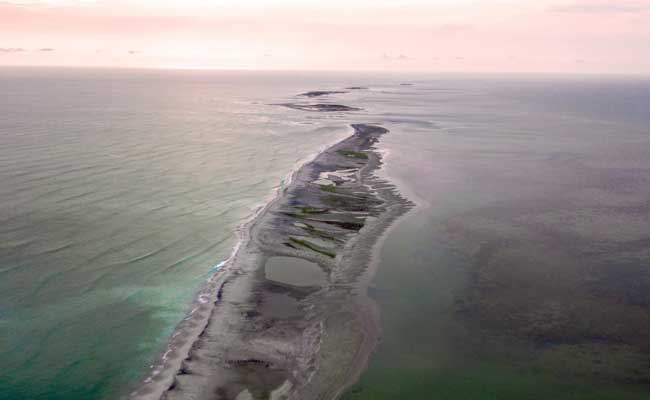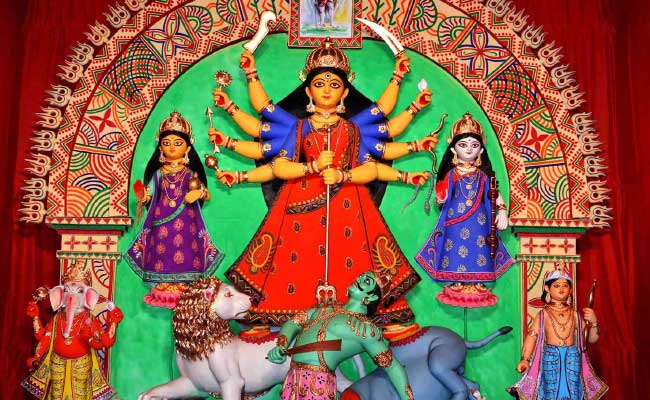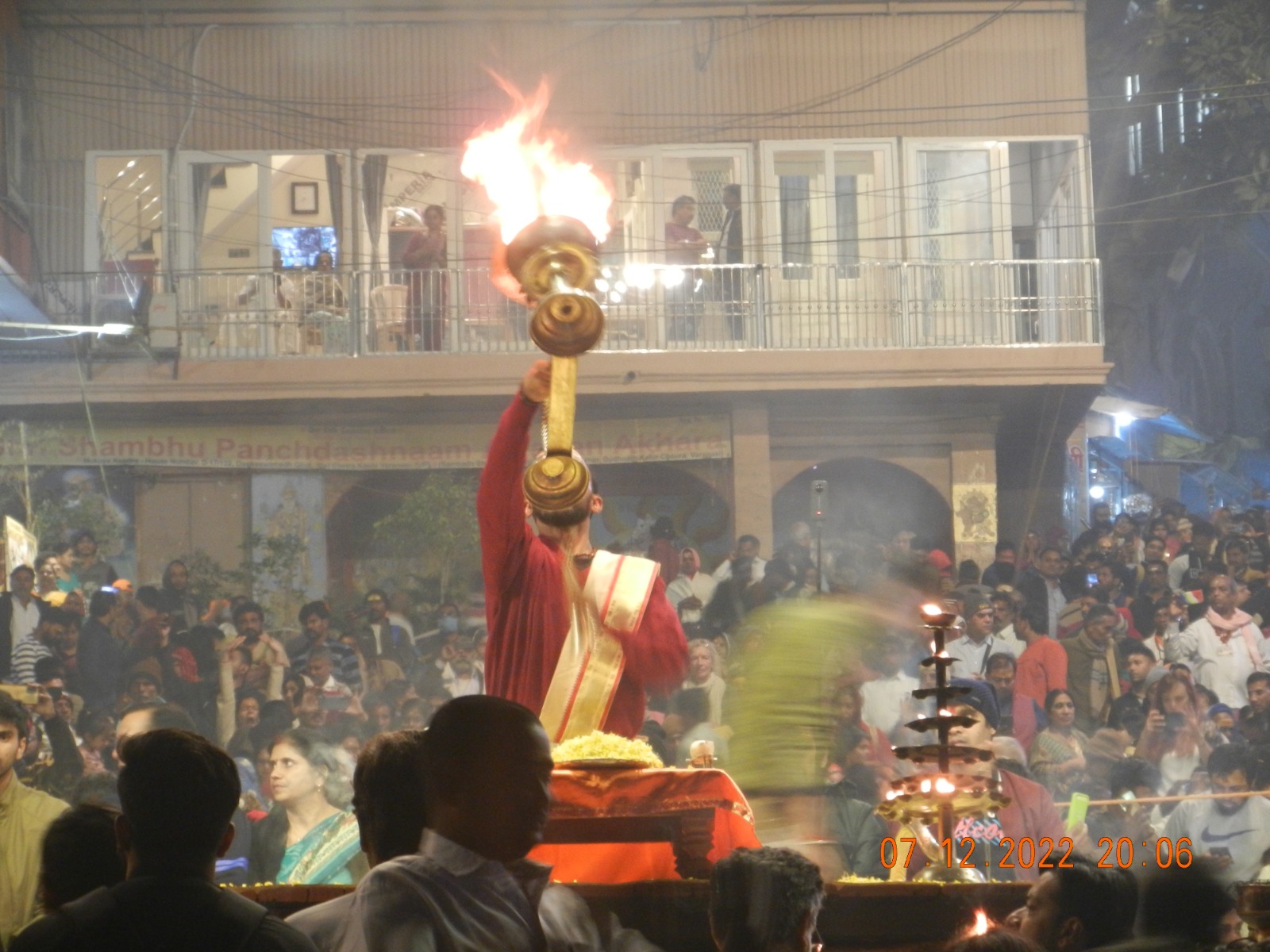Introduction:
Ram Setu Bridge, also known as Adam’s Bridge, is a natural sandstone bridge that connects the Pamban Island (also known as Rameshwaram Island) in Tamil Nadu, India, with the Mannar Island of Sri Lanka. The bridge is believed to have been built by Lord Rama’s army, as per the Hindu epic Ramayana. The bridge is approximately 50 kilometers long and is said to be around 1.7 million years old. It has been a matter of curiosity and interest for many people all over the world.
Geological Formation:
According to geological studies, the Ram Setu Bridge is a natural formation that occurred due to sedimentation and coral growth. The bridge was formed due to the accumulation of sand and rocks in the shallow waters between the two islands. The bridge is made up of limestone shoals that have been cemented together by the sand and sediment. The formation of the bridge is similar to the formation of other coral reefs found in the region.
Religious Significance:
Ram Setu Bridge has significant religious and cultural importance in Hinduism. According to the Hindu epic Ramayana, Lord Rama built the bridge with the help of his army of monkeys and bears to cross over to Lanka and rescue his wife, Sita, from the clutches of the demon king, Ravana. The bridge is believed to have been built by Lord Rama himself, and its existence serves as proof of the epic’s authenticity.
The bridge is also considered a sacred site for pilgrims, who believe that taking a dip in the waters around the bridge will wash away their sins. The site attracts thousands of devotees every year, who come to pay their respects and offer prayers.
Controversy:
Despite its religious significance, the Ram Setu Bridge has been a subject of controversy in recent years. In 2007, the Indian government proposed a shipping channel project that would have required dredging the area around the bridge, potentially damaging or even destroying it. The project was met with widespread protests from religious groups, environmentalists, and even some scientists who argued that the bridge was a natural formation and should be preserved.
The controversy reached the Indian Supreme Court, which ultimately ruled in favor of the government and allowed the project to proceed. However, the controversy sparked a larger debate about the balance between development and conservation in India, and the importance of preserving cultural and natural heritage sites.
Tourism and Conservation:
Ram Setu Bridge has become a popular tourist destination in recent years, attracting visitors from all over the world. The site offers stunning views of the surrounding waters and islands and is a popular spot for photography and sightseeing.
To preserve the natural beauty and cultural significance of the site, the Indian government has taken steps to promote sustainable tourism and conservation efforts. The area around the bridge has been declared a marine reserve, and visitors are required to follow strict guidelines to minimize their impact on the environment.
Conclusion:
Ram Setu Bridge is a fascinating natural formation with significant cultural and religious importance in Hinduism. Its existence and significance have been debated and studied for centuries, and the controversy surrounding its potential destruction has highlighted the importance of balancing development and conservation efforts in India. As a popular tourist destination, the bridge offers stunning views and a unique glimpse into ancient history and mythology. It remains a valuable and cherished part of India’s cultural and natural heritage.
![]()





